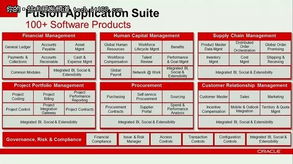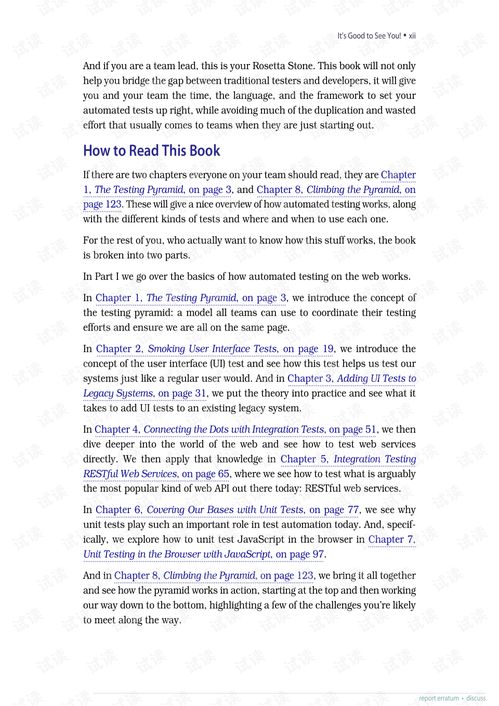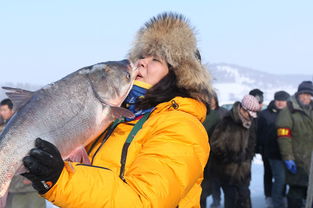"Essential Beginner's Guide to Fishing: Tips and Tricks for Novice Anglers"
Article Content:
Introduction: Embarking on the delightful hobby of fishing can be both exciting and daunting for beginners. Whether you're drawn to the tranquility of a serene lake or the thrill of freshwater streams, mastering the basics is key to a successful and enjoyable fishing experience. In this article, we'll share some essential tips and tricks for those new to the art of angling, ensuring that your first foray into the world of fishing is both fruitful and fun.
Choose the Right Gear: The first step in becoming a proficient angler is to invest in the right equipment. Here's what you should consider:

- Rod and Reel: For beginners, a lightweight spinning rod and reel combination is a great choice. They are easy to handle and provide a good balance between sensitivity and casting distance.
- Line: Use a monofilament line for beginners, as it's forgiving and easier to manage. The line size will depend on the type of fish you're targeting, but a 6- to 10-pound test line is a versatile starting point.
- Hooks: Select hooks that match the size of the bait you plan to use. A size 6 to 10 hook is a good all-purpose size for most freshwater fishing.
- Bait or Lures: Live bait like worms or minnows can be effective, but artificial lures can also be fun to use. Start with simple lures like spinners or crankbaits.
Learn the Basics of Casting: Casting is a fundamental skill in fishing. Here's how to do it:
- Hold the rod with a comfortable grip, but don't grip too tightly.
- Point the rod tip slightly away from you and let the line out until you feel tension.
- Swing the rod back and forth in a smooth, arching motion, bringing the rod tip back towards you.
- As the rod tip passes over your head, flick your wrist to release the line, allowing the lure or bait to fly through the air.
Understanding Bait Presentation: How you present your bait or lure can make a big difference in your catch rate. Here are some tips:
- Motion: The way you move your lure or bait can trigger a fish's interest. Experiment with different retrieves, such as a slow roll, a twitch, or a steady retrieve.
- Depth: Fish often hang at different depths, so adjust your lure's depth by varying your retrieve speed or using weighted lures.
- Timing: Wait for a pause in your retrieve or after a strike to set the hook. Fish may not immediately strike, so be patient.
Reading the Water: Understanding the water you're fishing can help you identify where the fish are likely to be:
- Structure: Look for areas with structure, such as rocks, logs, or vegetation, where fish often congregate.
- Current: If you're fishing a river or stream, understand the current's direction and strength. Fish often hold in areas where the current is slower.
- Depth: Fish may be found at different depths depending on the weather and water temperature.
Weather and Seasons:
- Weather: Fish are more active on overcast days, and during the early morning or evening when temperatures are cooler.
- Seasons: Fish behavior can change with the seasons. For example, in the spring, fish may be spawning, while in the summer, they may be more active in deeper water.
Safety First: Always prioritize safety when fishing:
- Sun Protection: Wear sunscreen, a hat, and sunglasses to protect yourself from the sun's rays.
- Hydration: Stay hydrated, especially on hot days.
- First Aid: Carry a basic first aid kit in case of an injury.
Conclusion: Fishing is a rewarding hobby that can provide hours of relaxation and excitement. By following these beginner's tips and tricks, you'll be well on your way to becoming a skilled angler. Remember, patience and practice are key, so don't get discouraged if your first few outings don't yield a catch. With time, you'll develop your skills and start reeling in the big ones. Happy fishing!
This article provides a comprehensive guide for beginners looking to get into fishing, covering everything from selecting the right gear to understanding fish behavior and safety tips. It's designed to be informative and engaging, offering practical advice that can be applied to various fishing scenarios.












